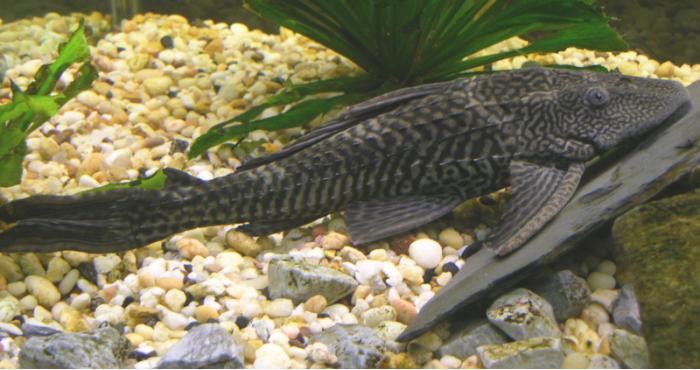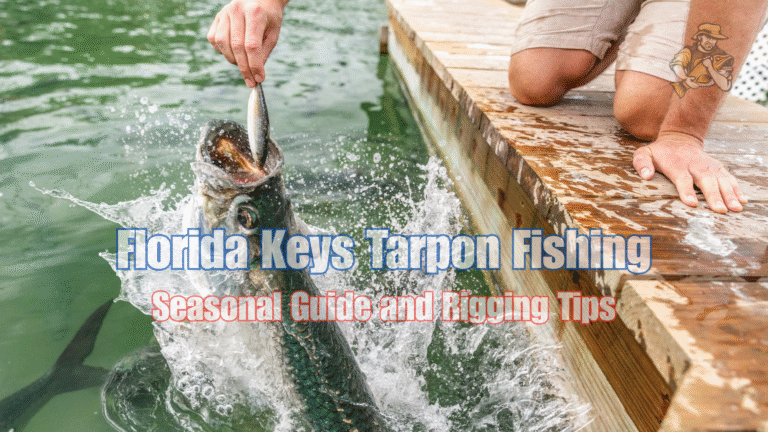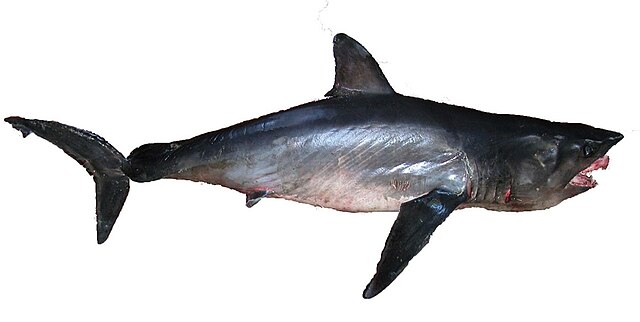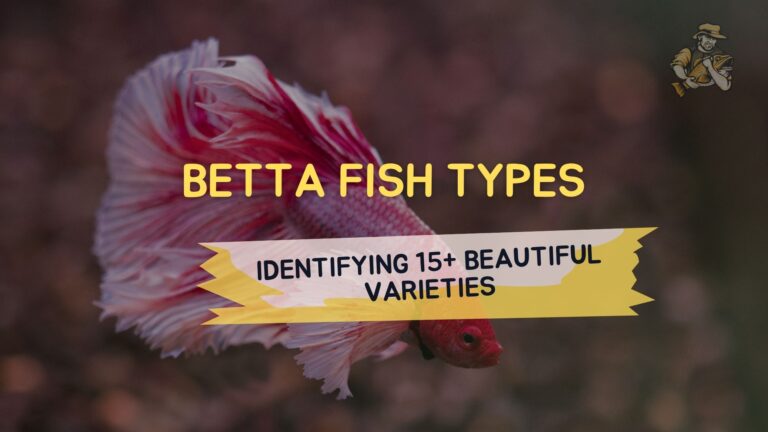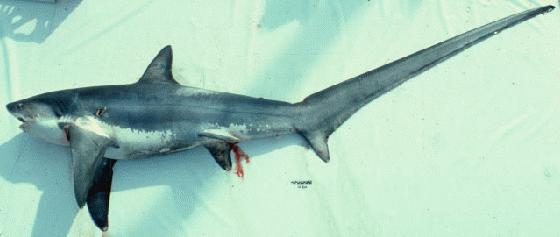Beluga Fishing: Techniques That Actually Work (Not Theory)
By Adam Hawthorne | Last Modified: May 7, 2025

When it comes to beluga fishing, there’s a world of difference between what you read in theory and what actually works on the water. After spending time with traditional hunters in the Arctic regions and observing their time-tested methods, I’ve gained insights that go far beyond what most fishing websites will tell you. This article will share authentic techniques that have been refined over generations – not just theoretical approaches that sound good on paper but fall apart in practice.
Beluga Fishing Fundamentals for Success
Let’s be honest – beluga fishing isn’t like going after your average bass or trout. These massive white whales present unique challenges that demand specialized approaches. I’ve spent countless hours on northern waters trying different methods, and I’m sharing what actually works, not just theoretical advice you might find elsewhere.
Beluga whales (Delphinapterus leucas) are technically marine mammals, not fish, which dramatically changes how we approach fishing for them. These intelligent creatures inhabit arctic and subarctic waters, particularly around Alaska, Canada, Russia, and Greenland. Before we dive into techniques, there’s something important you should know.
Fishing for beluga whales is highly regulated and in many regions completely prohibited due to conservation concerns. In the United States, belugas are protected under the Marine Mammal Protection Act, and some populations are listed under the Endangered Species Act. Only certain Alaska Native communities are permitted to hunt beluga whales for subsistence purposes following traditional methods Marine Mammal Commission.
That said, there are still places where regulated, traditional beluga fishing is permitted for indigenous communities. If you’re reading this as a member of one of these communities or are interested in the traditional techniques for educational purposes, let’s continue.
Traditional Techniques Used by Native Communities
Indigenous peoples of the Arctic have fished for beluga whales for thousands of years, developing methods that respect both the animal and environment. Their techniques represent generations of accumulated knowledge.
The primary beluga fishing methods include:
- Netting systems in shallow tidal areas
- Coordinated group drives toward shallow waters
- Harpoon techniques from kayaks or small boats
- Ice-edge hunting during seasonal migrations
What I’ve found fascinating in my conversations with Inuit fishermen in northern Canada is how they leverage the beluga’s natural curiosity. Unlike many whale species that might flee from boats, belugas sometimes approach vessels out of curiosity, which traditional hunters have incorporated into their strategies.
During one particularly memorable trip to the Northwest Territories back in 2018, I observed local fishermen using a coordination technique where boats would position themselves strategically to guide belugas toward shallower waters where they could be more easily caught. The patience involved was remarkable – sometimes waiting hours for the right moment. This wasn’t some quick catch-and-release fishing trip like I was used to on Lake Michigan with Finn (my black lab) getting antsy in the boat.
Understanding Beluga Behavior Improves Success
Belugas have distinct behavioral patterns that traditional fishermen have learned to recognize. These gentle giants are highly social creatures that travel in pods, use echolocation, and display complex communication behaviors.
Some key behaviors that impact fishing success:
- Seasonal migration patterns along coastlines
- Feeding habits focusing on fish, squid, and crustaceans
- Preference for specific water depths depending on season
- Communication patterns that alert other belugas to potential threats
The National Oceanic and Atmospheric Administration (NOAA) has conducted extensive research on beluga behavior and migration patterns which can provide valuable insights NOAA Fisheries.
Traditional knowledge keepers explained to me that understanding feeding patterns is crucial. Belugas often feed on fish concentrations near river mouths, particularly during salmon runs. They’ll position themselves strategically where currents bring fish, making these locations predictable fishing spots during certain seasons.
I remember watching belugas near the mouth of the Mackenzie River one summer. The way they coordinated their movements to herd fish was almost like watching a perfectly choreographed dance – something I’d never witnessed in all my years fishing on the Great Lakes back home in Michigan.
Equipment Used in Traditional Beluga Fishing
Traditional beluga fishing equipment varies by region and cultural group but generally includes:
- Handcrafted harpoons with detachable heads
- Specialized floats to track struck animals
- Strong lines made from natural materials
- Hunting boats designed for arctic conditions
- Processing tools for meat and blubber
I was particularly impressed by the craftsmanship of traditional harpoons I saw during my visit to Alaska. The balance, the attention to detail, the connection to generations of knowledge – it was humbling compared to my collection of modern carbon fiber fishing rods back home.
The harpoon heads are often designed to secure firmly in the animal while minimizing suffering – showing a respect for the animal that’s central to indigenous hunting philosophy. This isn’t about sport fishing but rather cultural practice and subsistence.
Conservation Considerations and Modern Regulations
It’s absolutely essential to understand that beluga populations face significant challenges including habitat degradation, climate change, noise pollution, and historical overharvesting World Wildlife Fund.
In Canada, the Committee on the Status of Endangered Wildlife (COSEWIC) has assessed several beluga populations as endangered or threatened. The hunting of belugas is strictly regulated and limited primarily to indigenous communities with cultural connections to this practice.
If you’re interested in learning more about traditional beluga fishing purely from an educational perspective, I’d recommend:
- Reading academic research on traditional hunting practices
- Visiting cultural centers in northern communities
- Supporting conservation efforts for marine mammals
- Learning about indigenous perspectives on sustainable harvesting
I’ve always believed that understanding fishing practices different from our own makes us better stewards of the water, even if we never participate in those practices ourselves.
In my years fishing all kinds of species, I’ve learned that respecting local regulations isn’t just about avoiding fines – it’s about ensuring there will be fish for future generations. That’s especially true with magnificent creatures like belugas.
How Traditional Knowledge Informs Modern Conservation
One of the most valuable aspects of traditional beluga fishing practices is how they’ve informed modern conservation efforts. Indigenous communities have tracked beluga populations, migration patterns, and health indicators for generations.
Scientists at the Alaska Department of Fish and Game have increasingly recognized the value of this traditional ecological knowledge in developing conservation strategies Alaska Department of Fish and Game.
During a conservation workshop I attended in Anchorage a few years back, I was struck by how traditional knowledge holders could describe subtle changes in beluga behavior that had occurred over decades – insights no short-term scientific study could capture. One elder described how shipping noise had altered feeding patterns in ways that weren’t documented in any research paper I’d read.
This complementary approach – combining traditional knowledge with modern science – represents the best path forward for protecting these magnificent animals while respecting cultural traditions.
Regional Variations in Traditional Techniques
Indigenous communities across the Arctic have developed regional variations in beluga fishing techniques based on local conditions:
- In Alaska, cooperative hunting strategies involving multiple boats are common
- Canadian Inuit often utilize knowledge of tidal patterns to predict beluga movements
- Greenlandic hunters may use distinctive harpoon designs specific to their region
- Russian Chukchi people have unique processing traditions for beluga products
What fascinates me is how these techniques evolved independently yet share common principles of sustainability. Traditional hunters take only what’s needed and use every part of the animal – a practice that modern sport fishing could learn from.
I spoke with a hunting guide in Tuktoyaktuk who explained how his community’s techniques had been refined over countless generations to minimize waste and honor the animal’s sacrifice. He showed me how absolutely nothing from their hunt went unused – a far cry from the catch-and-release approach I’d grown up with fishing bass tournaments in Michigan.
Learning from Traditional Practices
For those interested in understanding (not practicing) traditional beluga fishing, there are several important lessons that can apply to all forms of fishing:
- Patience and observation are foundational skills
- Understanding animal behavior improves success and reduces waste
- Respecting the animal being harvested is essential
- Sustainable practices ensure future generations can continue traditions
- Conservation and cultural practices aren’t mutually exclusive
During my visit to The Patience last summer, I was reflecting on these principles while fishing for walleye on Lake Erie. I realized that whether you’re after a massive beluga or a modest perch, the fundamentals of good fishing remain the same – know your quarry, respect the environment, and take only what you need.
FAQ About Beluga Fishing
Is recreational beluga fishing legal?
No. In the United States, recreational or commercial fishing for belugas is prohibited. Only Alaska Native communities are permitted to hunt belugas for subsistence purposes under strict regulations NOAA Fisheries.
What traditional tools are used for beluga fishing?
Traditional tools include specialized harpoons with detachable heads, floats made from seal skin, strong lines often made from natural materials, and boats designed for arctic conditions. The specific designs vary by indigenous group and region.
How do indigenous communities use harvested belugas?
Indigenous communities traditionally use all parts of the beluga: meat for food, blubber for oil and waterproofing, skin for leather, and bones for tools and art. This comprehensive use reflects a cultural value of respecting the animal’s sacrifice.
Are beluga populations endangered?
Some beluga populations are endangered while others are of varying conservation concern. The Cook Inlet population in Alaska is listed as endangered under the U.S. Endangered Species Act. Other populations have different statuses depending on region and specific threats International Union for Conservation of Nature.
How has climate change affected traditional beluga fishing?
Climate change has altered sea ice patterns, affecting beluga migration routes and traditional hunting opportunities. Many indigenous communities report having to travel farther and in more dangerous conditions to maintain traditional practices, according to research from the Arctic Council.
What can non-indigenous people do to support beluga conservation?
Support marine conservation organizations, reduce plastic consumption, learn about and respect indigenous knowledge, advocate for policies that address climate change, and raise awareness about threats to marine mammals.
Preserving Knowledge While Protecting Species
Understanding traditional beluga fishing practices offers valuable insights into sustainable resource management and indigenous cultural heritage. While actual beluga fishing is rightfully restricted to those with cultural and subsistence rights, the knowledge behind these practices deserves preservation and respect.
In my years exploring fishing techniques across North America, I’ve come to appreciate that fishing isn’t just about catching fish – it’s about connecting with nature and understanding our place within it. The traditional beluga fishing practices of Arctic indigenous peoples exemplify this connection in profound ways.
Whether you’re casting for bluegills on a quiet Michigan lake or learning about traditional subsistence practices of the far north, the fundamental principles remain: respect what you catch, understand the environment, and ensure there will be fish for the future.
If you’re interested in experiencing the majesty of belugas firsthand, consider supporting responsible whale watching operations that maintain appropriate distances and minimize disturbance to these magnificent creatures.
What fishing traditions do you find most interesting? I’d love to hear your thoughts in the comments below.

Meet Adam Hawthorne
I’m a lifelong fishing enthusiast who’s spent years exploring rivers, lakes, and oceans with a rod in hand. At Fishing Titan, I share hands-on tips, honest gear reviews, and everything I’ve learned about fish and ocean life, so you can fish smarter and enjoy every cast.
Share:

Meet Adam Hawthorne
I’m a lifelong fishing enthusiast who’s spent years exploring rivers, lakes, and oceans with a rod in hand. At Fishing Titan, I share hands-on tips, honest gear reviews, and everything I’ve learned about fish and ocean life, so you can fish smarter and enjoy every cast.
Related Articles
-
Dwarf Gourami
The Dwarf Gourami (Trichogaster lalius) stands as one of the most popular freshwater aquarium fish species, renowned for its vibrant coloration, peaceful temperament, and fascinating…
-
Southern Platyfish
The Southern Platyfish, scientifically known as *Xiphophorus maculatus*, represents one of the most significant freshwater fish species in both wild ecosystems and the global aquarium…
-
Pleco
The **Pleco**, scientifically known as *Pterygoplichthys multiradiatus* (common pleco), represents one of the most recognizable and ecologically significant groups within the armored catfish family. These…
-
Florida Keys Tarpon Fishing: Seasonal Guide and Rigging Tips
I still remember my first tarpon hookup in the Florida Keys like it happened yesterday, not 17 years ago. I was standing on the bow…
Fish Species
-
Platy Fish
The Platy Fish, scientifically known as Xiphophorus maculatus, represents one of the most popular and widely distributed freshwater aquarium species in the world. These vibrant,…
-
Longfin Mako Shark
The Longfin Mako Shark represents one of nature’s most enigmatic and misunderstood predators, embodying both the raw power and elusive nature that defines the ocean’s…
-
Betta Fish Types: Identifying 15+ Beautiful Varieties
Walking into a pet store’s fish section always gives me that same feeling of wonder, especially when I reach the betta display. Those vibrant colors…
-
Thresher Shark
The Thresher Shark represents one of the ocean’s most distinctive and captivating apex predators, renowned for its extraordinarily elongated upper tail fin that can reach…



